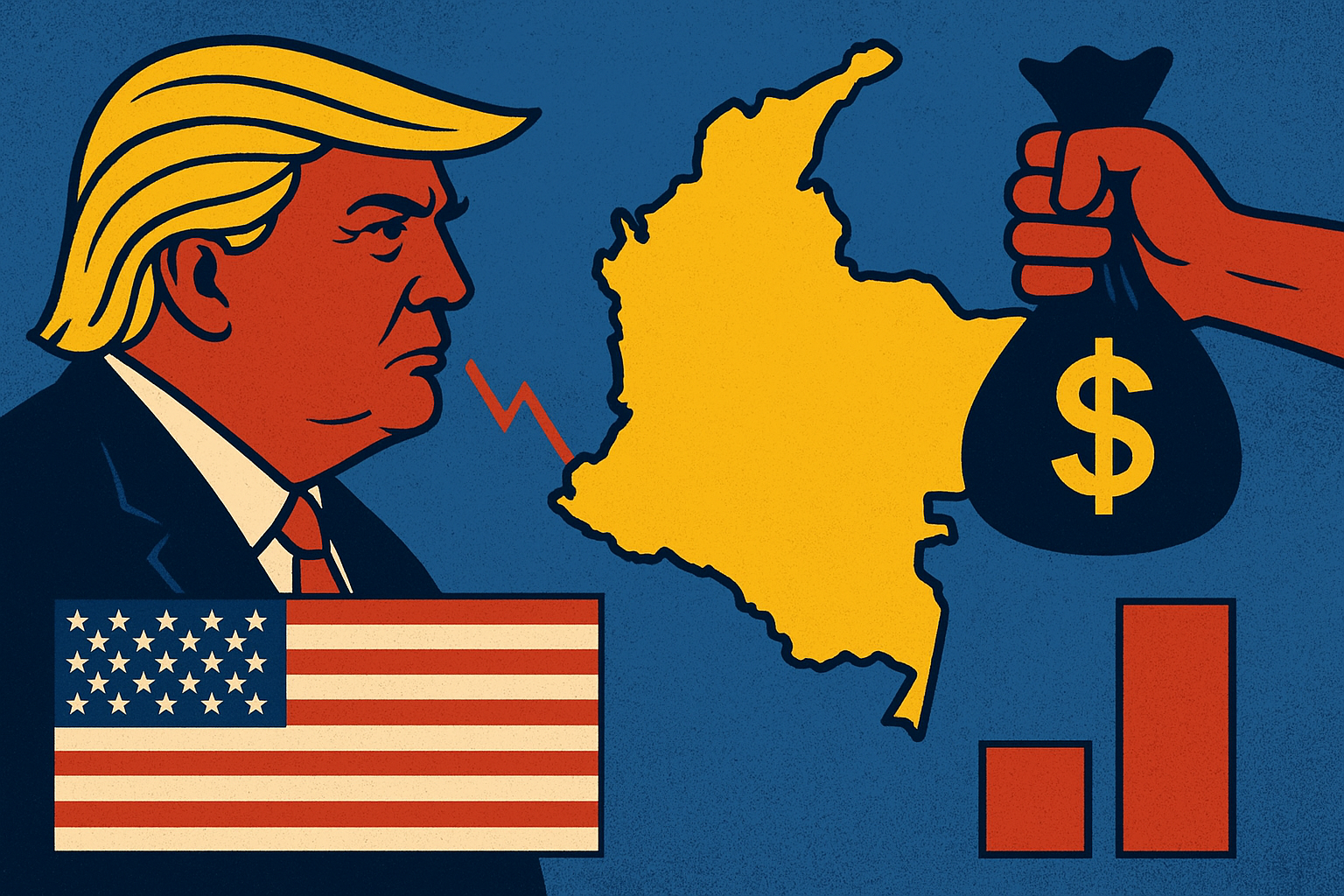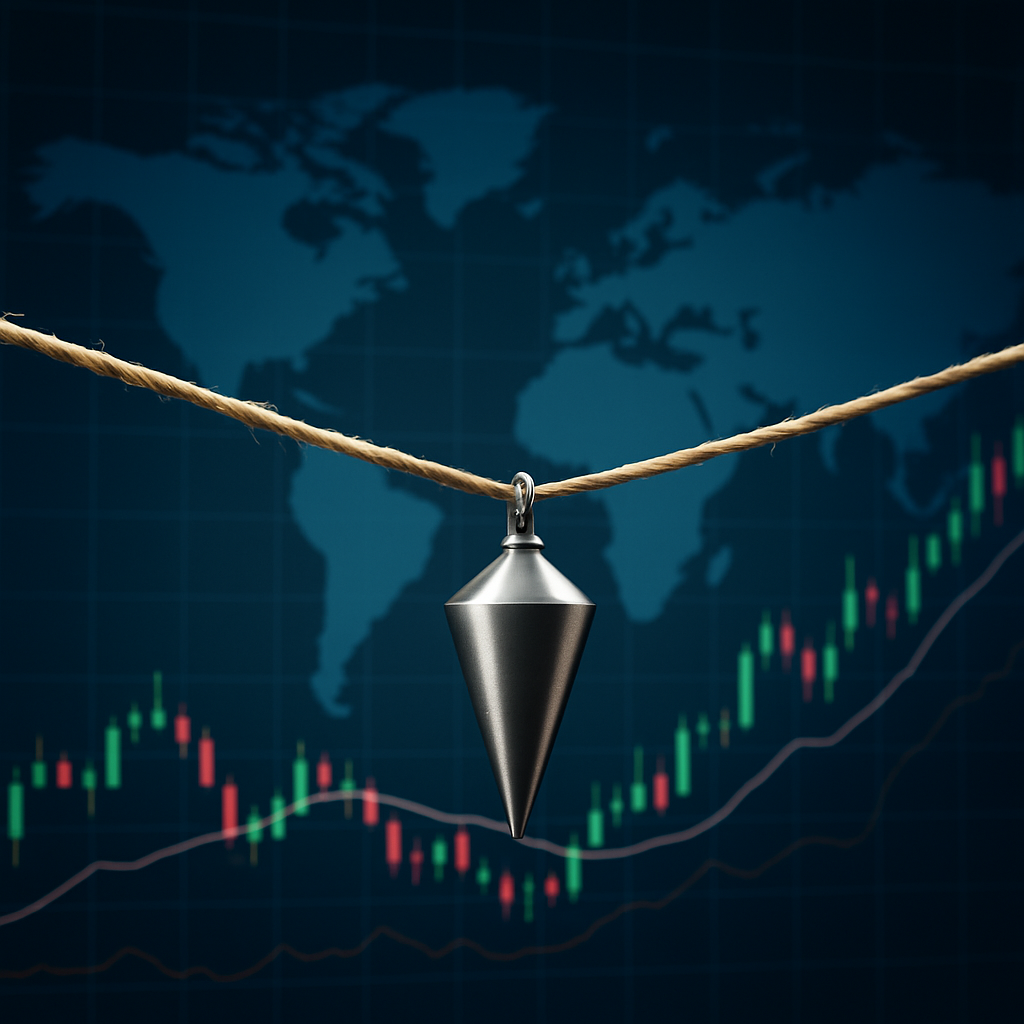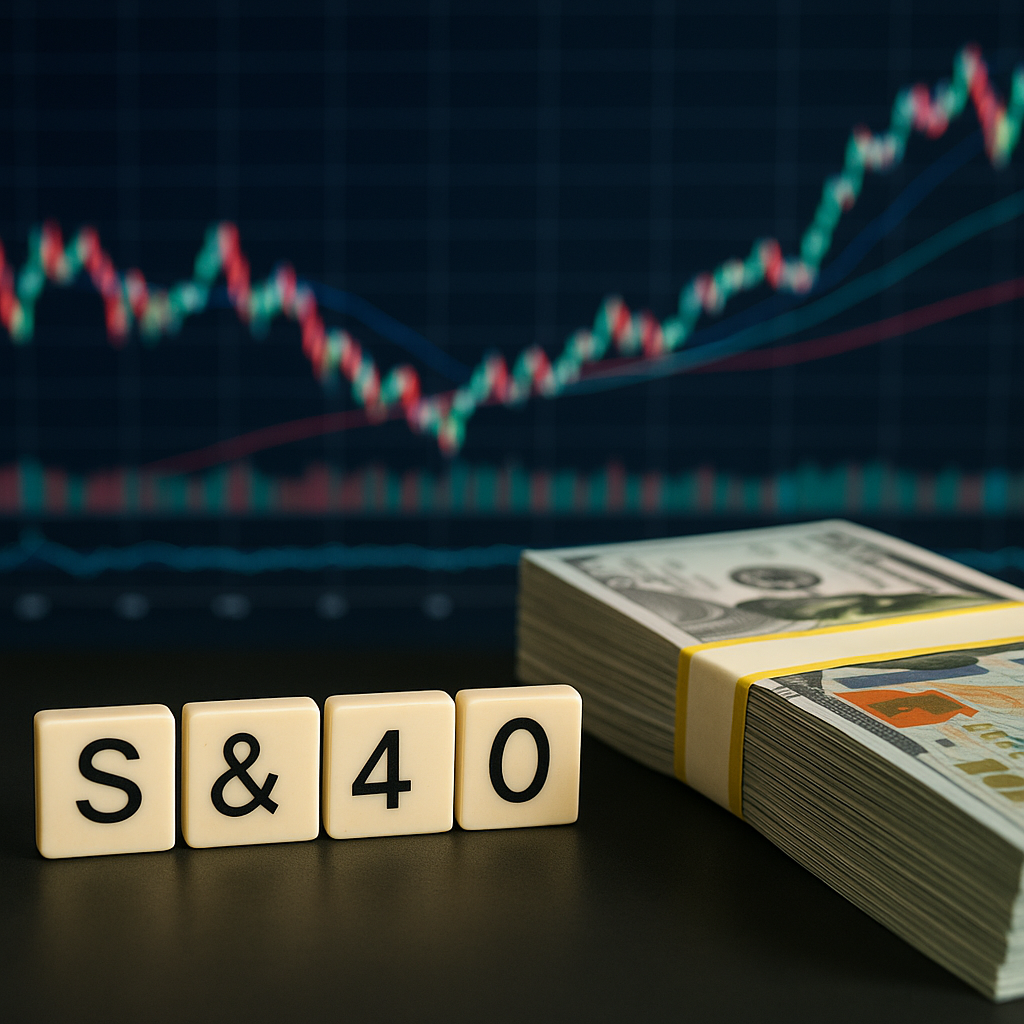As investors digest a fresh round of geopolitical tremors, the latest flashpoint between Washington and Bogotá is quickly climbing the risk radar. On October 20, 2025, U.S. President Donald Trump sharply escalated tensions with Colombia, calling President Gustavo Petro an “illegal drug leader” and threatening to cut U.S. aid and impose tariffs on Colombian exports. The move follows a U.S. military strike on a rebel-linked vessel off Colombia’s coast—an event that jolted markets already uneasy about rising trade protectionism across the Americas.
The Guardian first reported the escalation, noting that the administration’s rhetoric signals a renewed hardline stance on narcotics, trade, and regional alliances. But for investors, this dispute extends far beyond politics—it cuts directly into trade routes, commodity markets, and risk sentiment across Latin America.
U.S.–Latin Trade Relations Under Pressure
Colombia is one of the United States’ top regional trade partners, with bilateral trade exceeding $40 billion annually, according to the U.S. Census Bureau. The country exports crude oil, coffee, and coal to the U.S., while importing industrial goods, machinery, and agricultural products.
If tariffs are imposed or aid is suspended, sectors from energy and mining to agriculture and logistics could face ripple effects. U.S. refiners and commodity traders, particularly those dependent on Colombian crude or metals, would need to reassess supply risk. Meanwhile, U.S.-listed companies with direct operations in Colombia—especially in oil services, infrastructure, and logistics—could see valuation pressure if the diplomatic rift widens.
Bloomberg analysts note that emerging-market ETFs with exposure to Latin America saw a 0.8% intraday dip Monday morning as traders reacted to the headlines. The Colombian peso also weakened nearly 1.2% against the U.S. dollar, underscoring market sensitivity to political shocks.
Why This Matters for Investors
The development comes at a time when investors are already recalibrating global portfolios amid growing U.S. tariffs and “America First” policy rhetoric. Analysts at JPMorgan have warned that rising trade barriers could dent Latin American GDP growth by 0.3%–0.5% annually if sustained into 2026.
For investors, the risk is twofold:
- Trade disruption and supply volatility. Any escalation in tariffs could increase costs for U.S. importers of commodities and raw materials, while reducing export competitiveness for Latin American producers.
- Broader emerging-market contagion. Political instability in one key market can often trigger risk aversion across the region, driving capital outflows and tightening credit conditions.
At the same time, this uncertainty can create short-term opportunities for hedge funds and active managers who trade volatility, emerging-market debt, or currency spreads.
Regional Reaction and Policy Signals
Latin American governments are treading carefully. Mexico and Brazil have both urged “restraint” in public statements, while Colombia’s central bank said it is “monitoring financial stability conditions” closely.
Economists at Oxford Economics note that Trump’s remarks could test the U.S.–Colombia Trade Promotion Agreement (TPA), which has been in force since 2012. Suspension or modification of the TPA would likely require congressional involvement—something that could extend uncertainty well into the U.S. election cycle.
In Washington, Trump’s renewed emphasis on “drug-linked corruption” also carries domestic political weight. Policy insiders suggest the move is part of a broader effort to demonstrate toughness ahead of 2026 midterm elections, where trade and border security remain central campaign issues.
Future Trends to Watch
- Commodities and logistics: Energy, coffee, and mineral markets could see short-term price spikes if U.S.–Colombia trade slows.
- Emerging-market debt: Rising risk premiums may hit sovereign bonds in Colombia, Brazil, and Mexico—creating tactical opportunities for value-focused investors.
- Safe-haven flows: Gold, the U.S. dollar, and even Canadian debt markets could benefit from capital flight if risk sentiment deteriorates.
- Defense and security contractors: Firms providing maritime surveillance, drone technology, or naval equipment may see new contract opportunities as the U.S. expands its anti-narcotics operations.
Key Investment Insight
Investors should monitor developments in Washington closely over the coming weeks, particularly for signs of formal trade action or sanctions.
- Short-term strategy: Reduce concentrated exposure to Colombian assets or supply chains until policy clarity emerges.
- Medium-term positioning: Watch for entry points in oversold Latin American equities and bonds if markets overreact to political noise.
- Long-term view: Continued U.S. trade friction could accelerate regional diversification efforts—potentially benefiting Asian and Canadian trade corridors.
In an environment where political narratives increasingly drive market volatility, staying ahead of policy risk is as important as tracking fundamentals.
For daily, data-driven insights on global politics and market impact, follow MoneyNews.Today—your source for credible investor intelligence.





